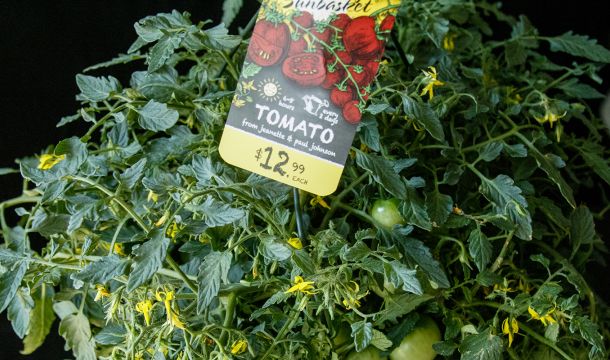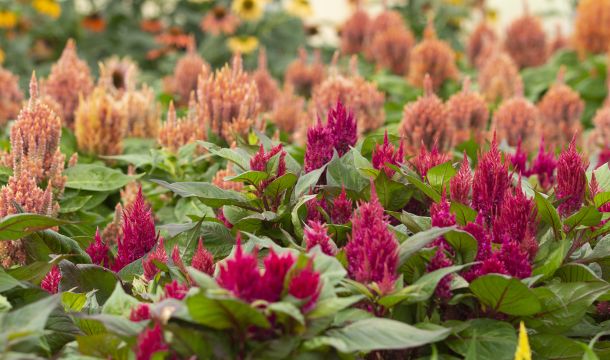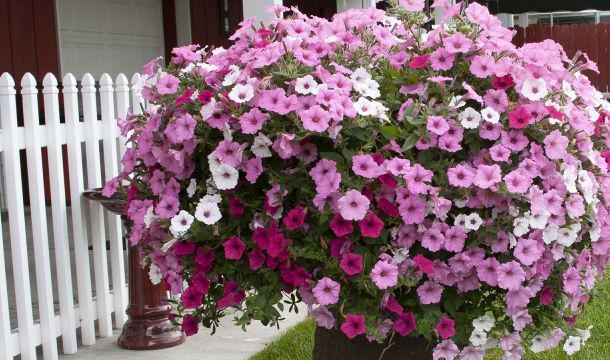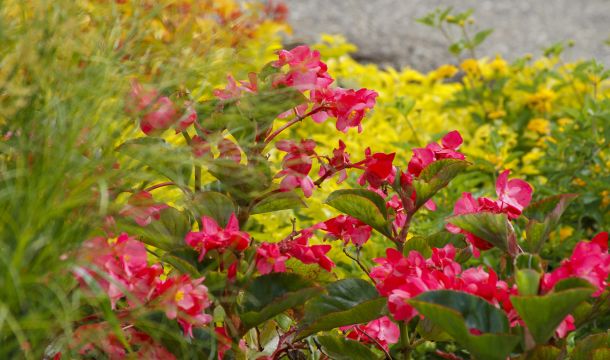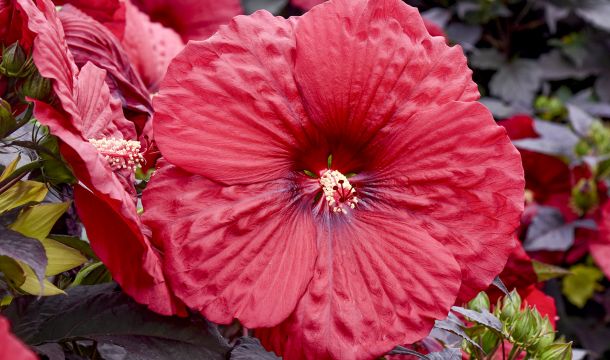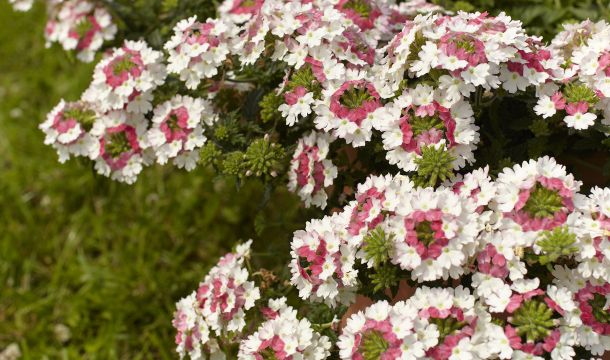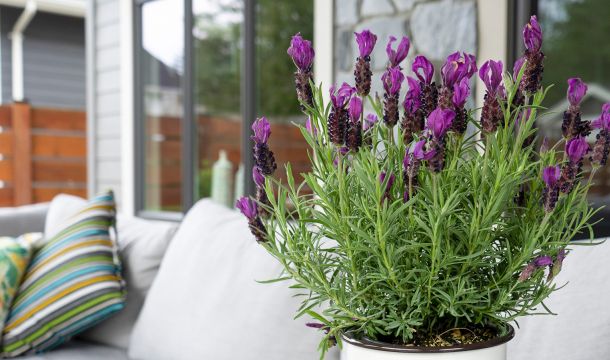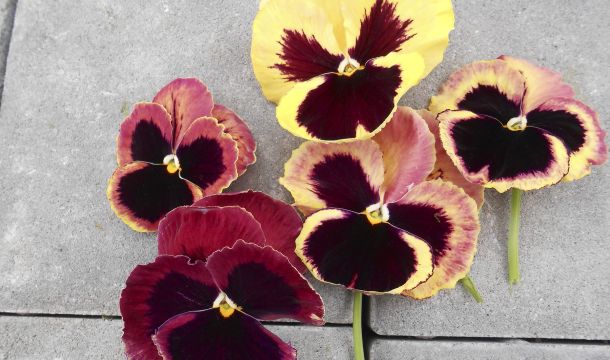The Surprise Behind Prickly Pear
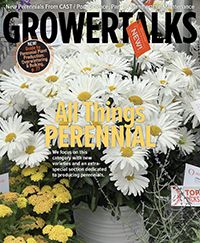
In late June, if you drive through the main entrance of the Mount Cuba Center in Delaware, you’ll pass through some woods and emerge onto a large lawn on both sides of the road. In the distance the Copeland House is at the top of the lawn. Look to your left and a few feet from the edge of the road, you’ll see a bed of Eastern prickly pear in full, glorious bloom, situated on the uphill side of a rock outcropping. It’s both surprisingly beautiful and a surprise, because you don’t expect cactus as display color. But there it is.
*Surprise and delight* is one of the goals of a clever design, and visitors often wander down from the Copeland House to get a closer look. Prickly pear is a complex creature. Stand in front of a planting for awhile and try to decode what’s inside it. A sea of large yellow flowers sits on the edge of flattened, upright discs called pads. Mixed among the blooms are emerging buds for future waves of color, and the burgundy red fruits from earlier waves. Throughout it all are the signature short sharp spines.
In the center of each flower is a large mass of pollen for the beneficials to enjoy. Try this prickly pear party trick: use a finger to gently touch the stems and see what happens. If that finger had been an insect, the wiggling stamen would have covered it with pollen to transport to another plant.
Opuntia in a Delaware landscaping bed (zone 7).Technically, it’s called a colony.
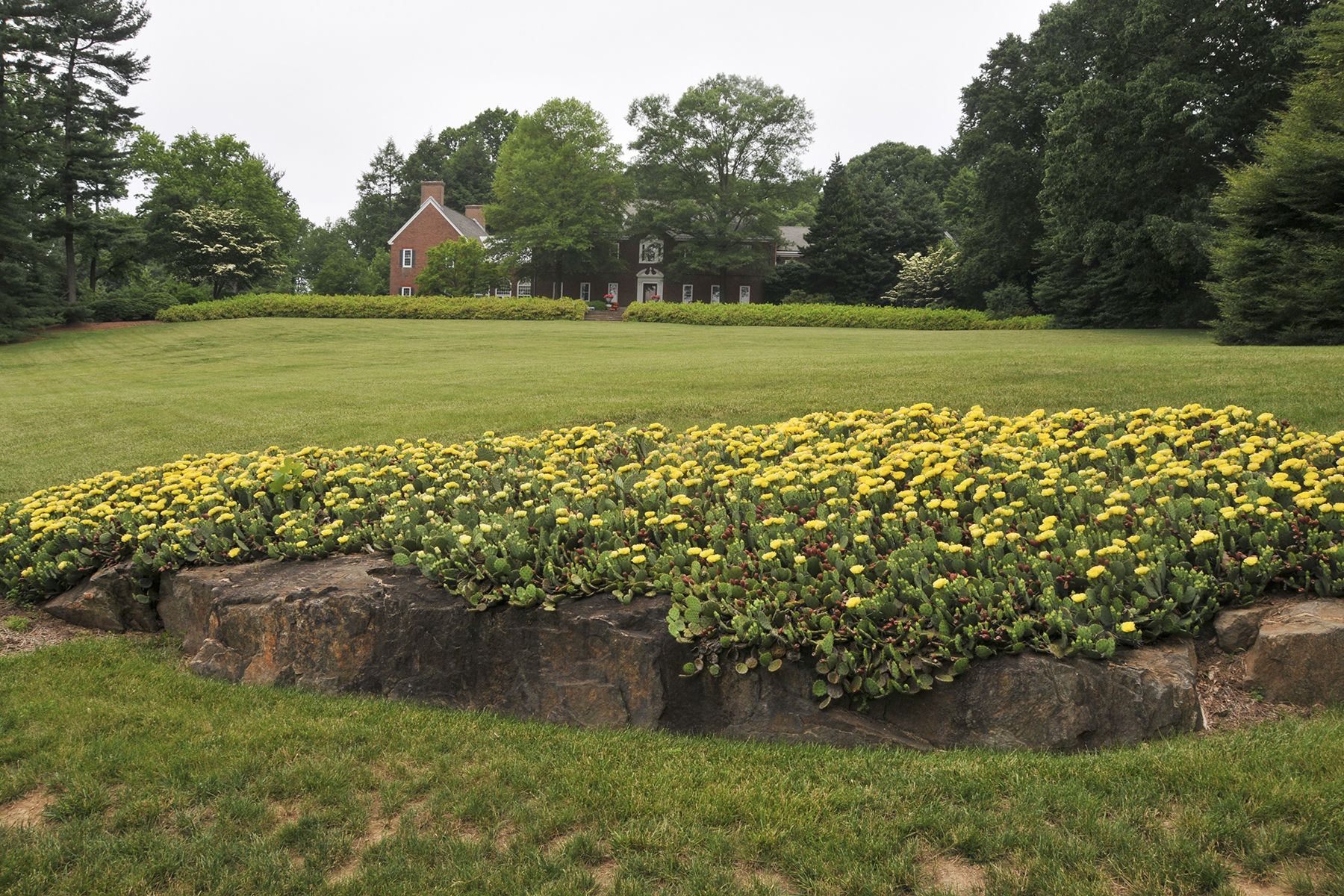
Maintaining A Bed of Opuntia
Another prickly pear surprise is its widespread status as a native plant. Opuntia humifusa is a native of the Carolina piedmont, the pine barrens of Missouri, the eastern and southern shores of Lake Michigan, and other cactus-y places like Connecticut and Mississippi. When you look at the native databases at the county level, you discover prickly pear is scattered up and down the eastern half of North America.
Why? Because it loves sandy soil with pine trees. Opuntia specializes in a common pocket habitat. If you have open pine woods sitting in dry sandy soil nearby, you might find some wild prickly pear tucked inside them. Dry, thin soil isn’t a requirement. Opuntia does just fine in standard garden soil, but if you mulch with gravel or have a gravel bed it will excel.
Fruit forming on a prickly pear. The body of the plant is called a pad..
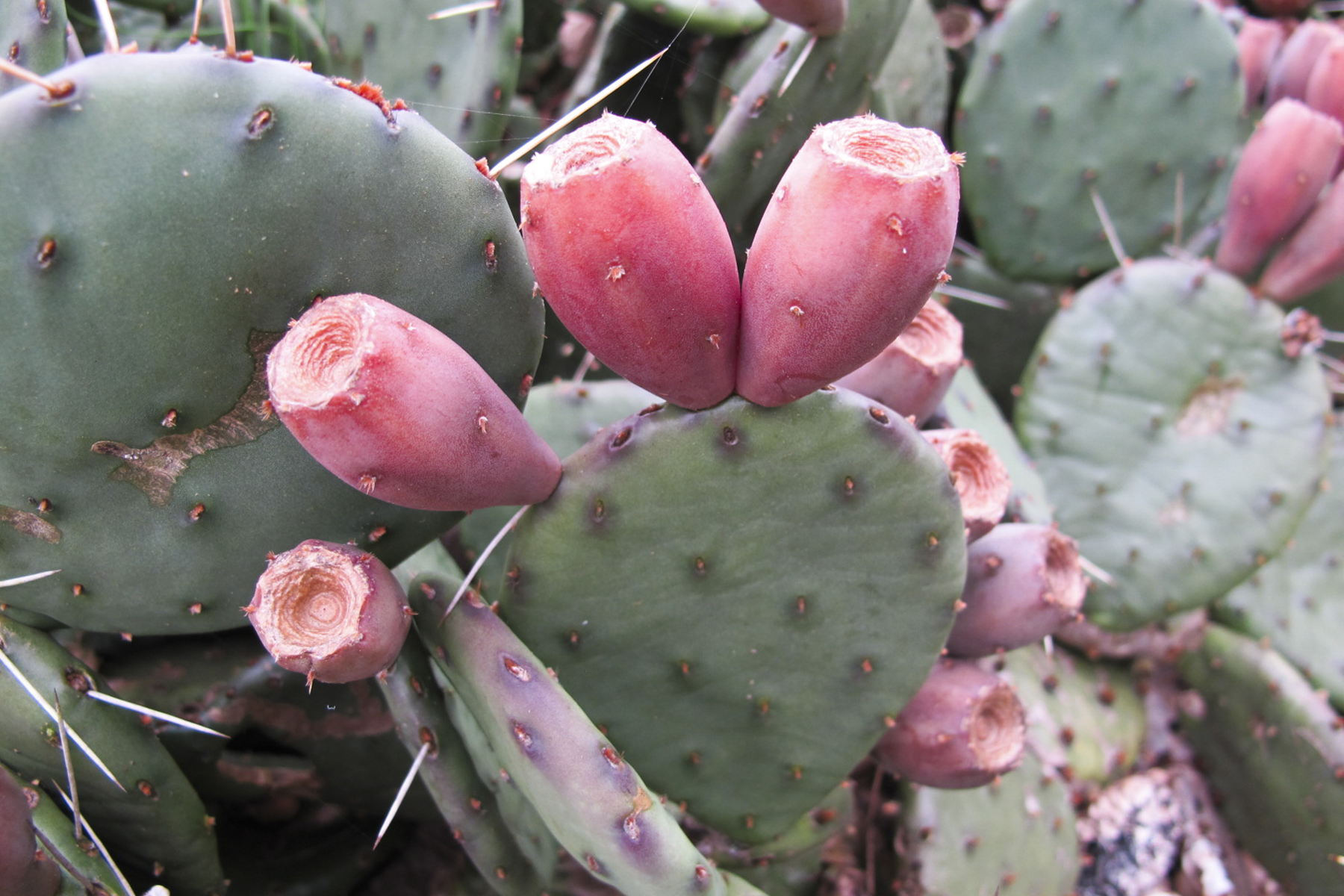
Commercial Opportunities
Obviously, a spineless cultivar is needed for any sort of mainstream adoption. Opuntia does have a commercial application in the native and restoration space. It’s a good choice for sandy soils, self-maintains as a colony without spreading, and handles drought like a champ. Crews don’t have to return to a site once done.
Flower opening with a tight cluster of pollen-bearing stamen.
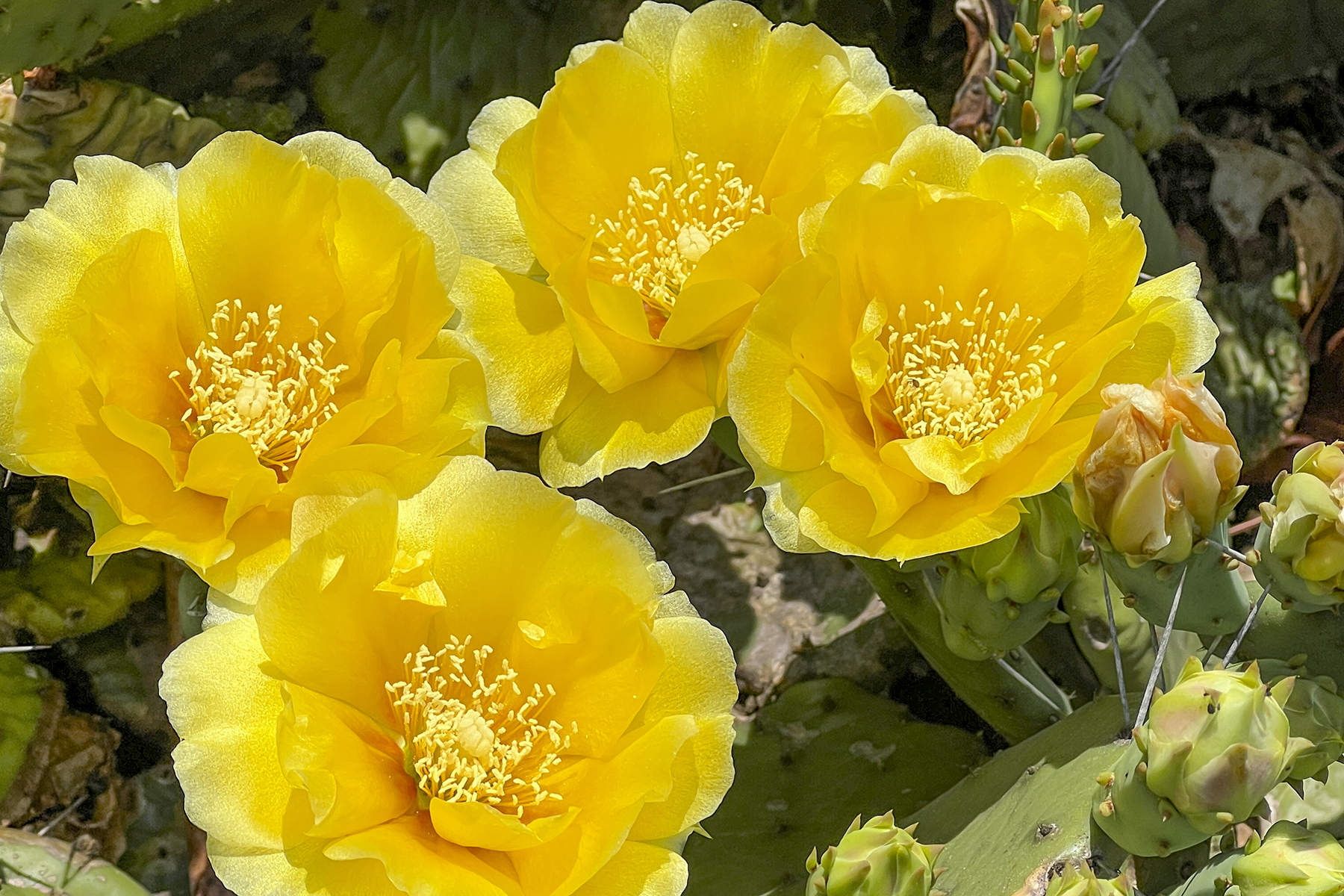
Commercial Opportunities
Opuntia liners can be sourced commercially. Pizzo Native Plant Nursery sells trays of 32 to wholesale buyers, shipping from late July to early August, and they often have overstock available during those weeks. Their landscape-ready plugs are less prickly to handle and require less labor to install.
Another place prickly pear pops up is in the IGC catering to the avid gardener. I first ran across prickly pear in my neighbor’s front yard, just one of her many unique selections. There’s nothing run-of-the-mill in her collection, proving that retail interest exists for this peculiar plant among passionate gardeners.
A walk through Mount Cuba generates a lot of good ideas, but not everyone can get over to Delaware. Fortunately, the center populates their Instagram account with visual design concepts generated from their beds. Their website is home to their excellent multi-year trials, and their newsletter alerts readers of opening blooms as they happen throughout the season.
A cell of opuntia in trays of 32 opuntia, courtesy of Pizzo Native Plant Nursery.
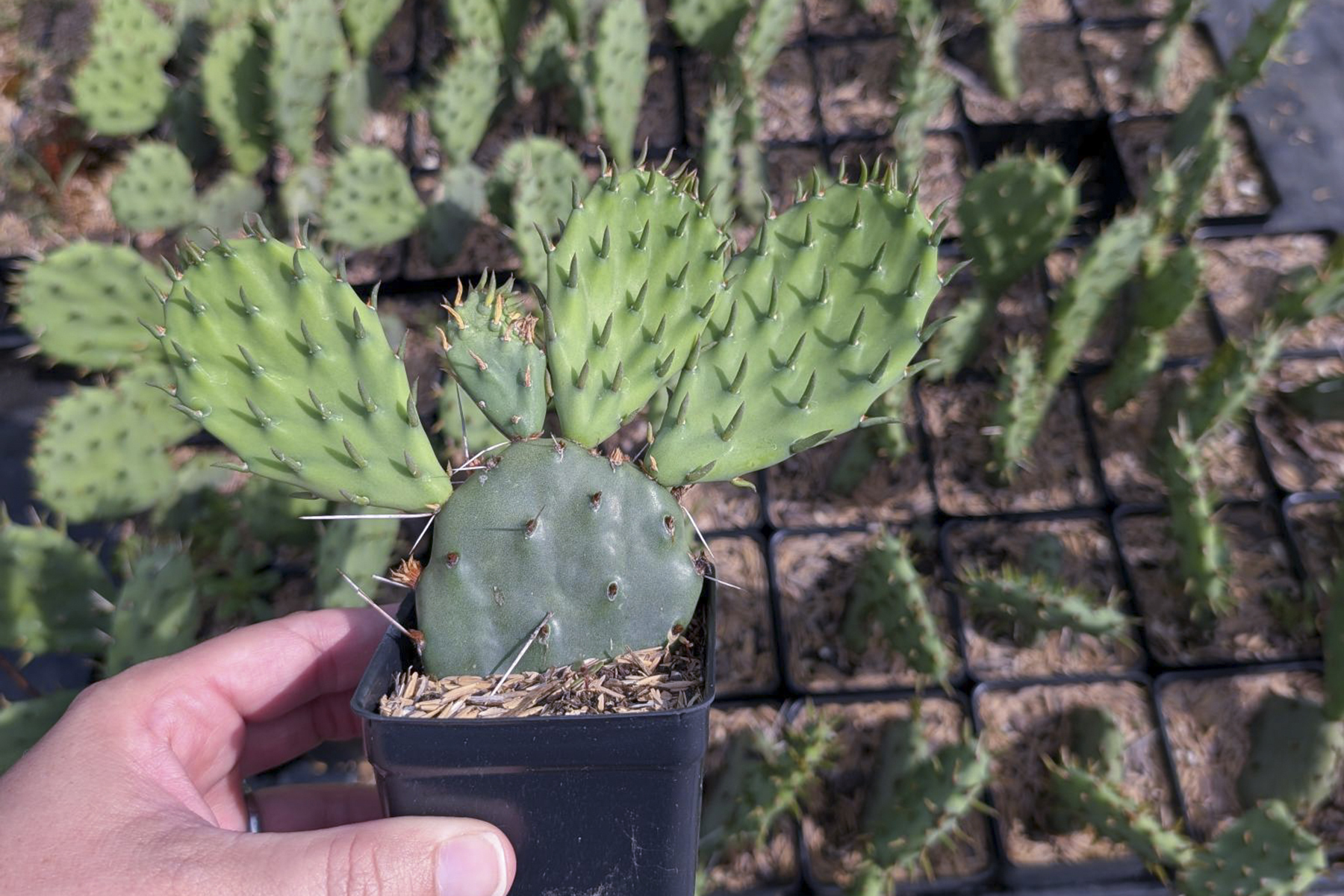
Popular Articles
